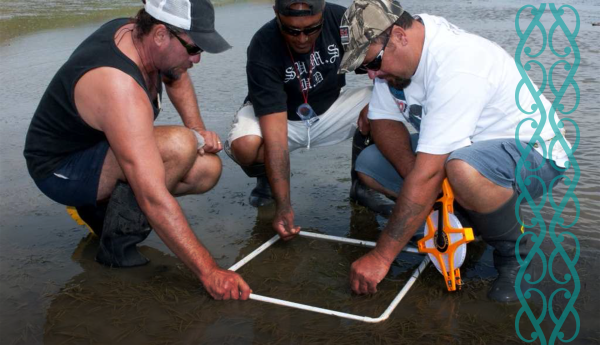The main purpose of Ngā Waihotanga Iho is to provide tools for tangata whenua to measure environmental changes that occur in estuaries over time. These changes may occur due to natural processes and/or human activities.
The science-based tools in Ngā Waihotanga Iho complement traditional knowledge and kaitiakitanga that have been practised by tangata whenua for centuries. In this context, Ngā Waihotanga Iho provides a science perspective for talking about environmental issues and concerns related to estuaries.
Ngā Waihotanga Iho is divided into six modules, each monitoring different aspects of your estuary. The toolkit was developed so that you can use the modules separately or together, but it’s important to read the introductory information "Getting Started" first before using any of the modules.
Each module begins with introductory background information and then provides methods for measuring and monitoring a particular aspects of your estuary. Each module also includes links to the New Zealand curriculum for schools and a glossary of terms.
We hope you enjoy using Ngā Waihotanga Iho and we welcome and appreciate any comments or feedback that you may have on the toolkit.
-

Toolkit development
A number of individuals, organisations and hapū have contributed to the development of Ngā Waihotanga Iho. -
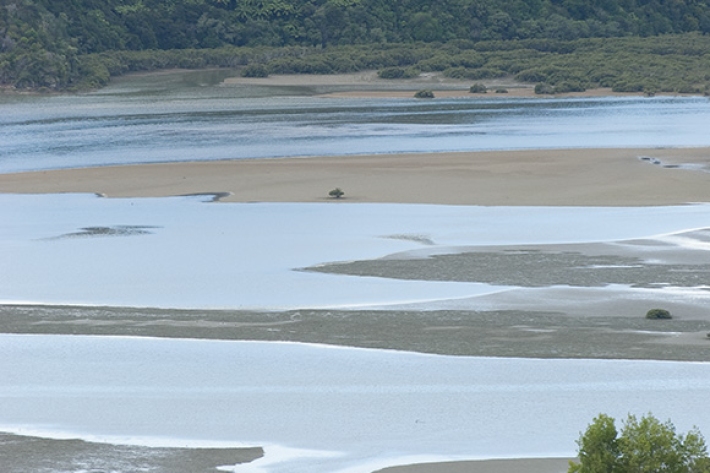
Estuary origins
In comparison to the vast span of geological time, the estuaries that we see today are very recent coastal features. -
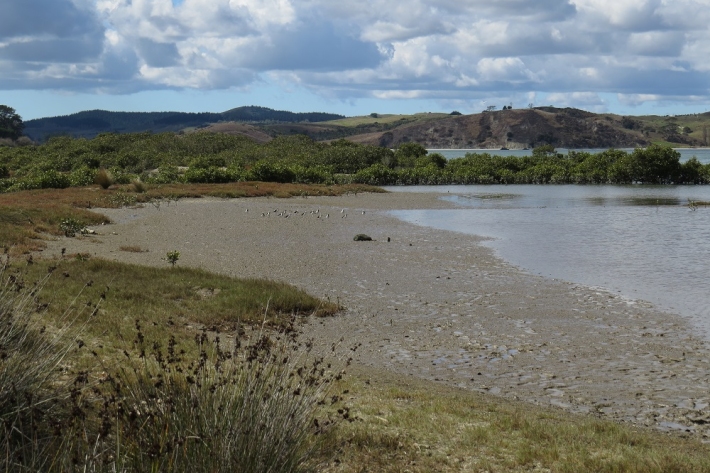
Getting started
Traditionally, tangata whenua have collected information about estuaries to monitor resources, such as kaimoana, and to make decisions about conservation measures, such as rähui. Increasingly, tangata whenua are using scientific tools to help monitor their natural resources and Ngä Waihotanga Iho provides a science perspective for talking about environmental issues and concerns related to estuaries. -
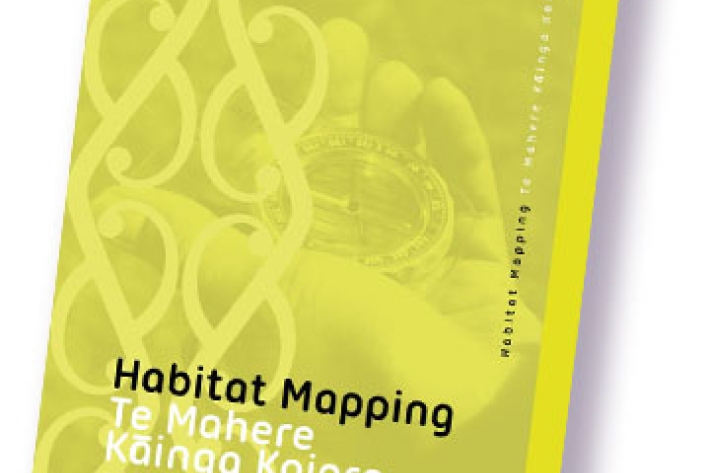
Te Mahere Kāinga Koiora - Habitat Mapping Module
This Habitat Mapping module will show you how to collect useful information to describe and monitor habitats in estuaries. -
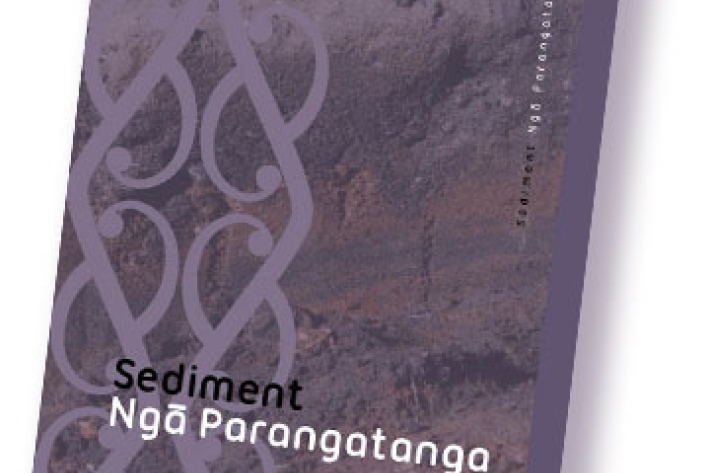
Ngā Parangatanga - Sediment Module
The type of sediment that is deposited in your estuary, be it mud or sand, and how quickly it is deposited, has a big influence on what your estuary will look like, how clear the water will be, and the types of plants and animals that can live in it. Download 7 guides for this module.
Ngā Waihotanga Iho - the Estuary Monitoring Toolkit
-

Toolkit development
A number of individuals, organisations and hapū have contributed to the development of Ngā Waihotanga Iho. -

Estuary origins
In comparison to the vast span of geological time, the estuaries that we see today are very recent coastal features. -

Getting started
Traditionally, tangata whenua have collected information about estuaries to monitor resources, such as kaimoana, and to make decisions about conservation measures, such as rähui. Increasingly, tangata whenua are using scientific tools to help monitor their natural resources and Ngä Waihotanga Iho provides a science perspective for talking about environmental issues and concerns related to estuaries. -

Te Mahere Kāinga Koiora - Habitat Mapping Module
This Habitat Mapping module will show you how to collect useful information to describe and monitor habitats in estuaries. -

Ngā Parangatanga - Sediment Module
The type of sediment that is deposited in your estuary, be it mud or sand, and how quickly it is deposited, has a big influence on what your estuary will look like, how clear the water will be, and the types of plants and animals that can live in it. Download 7 guides for this module.


